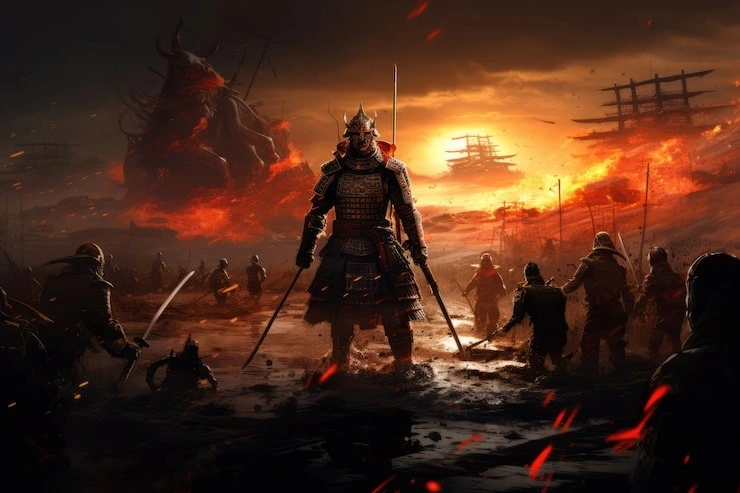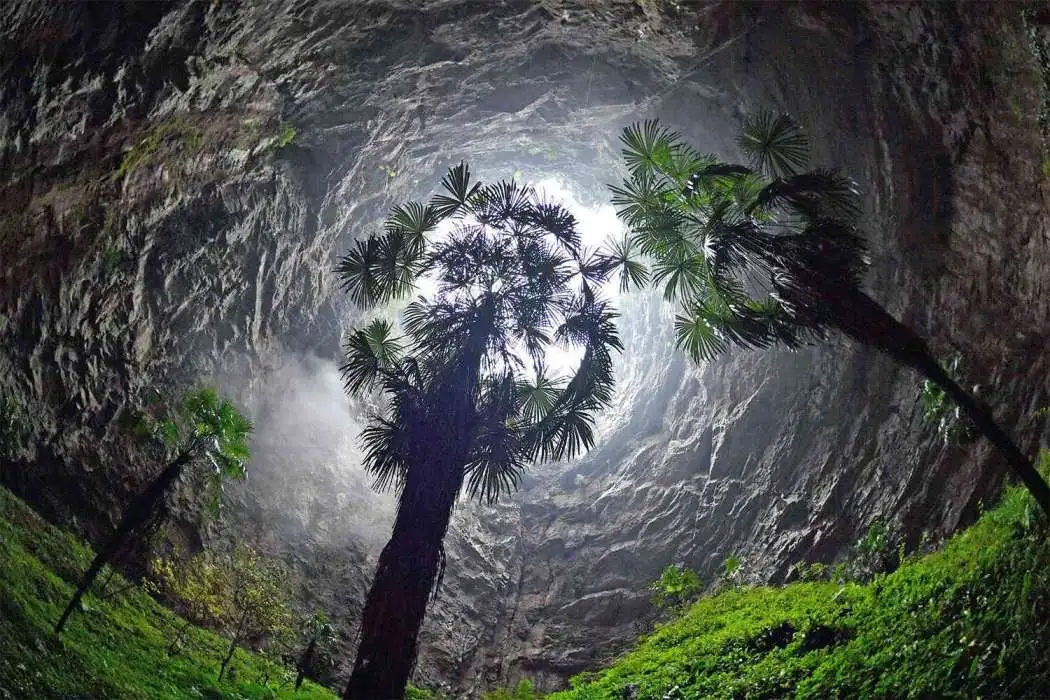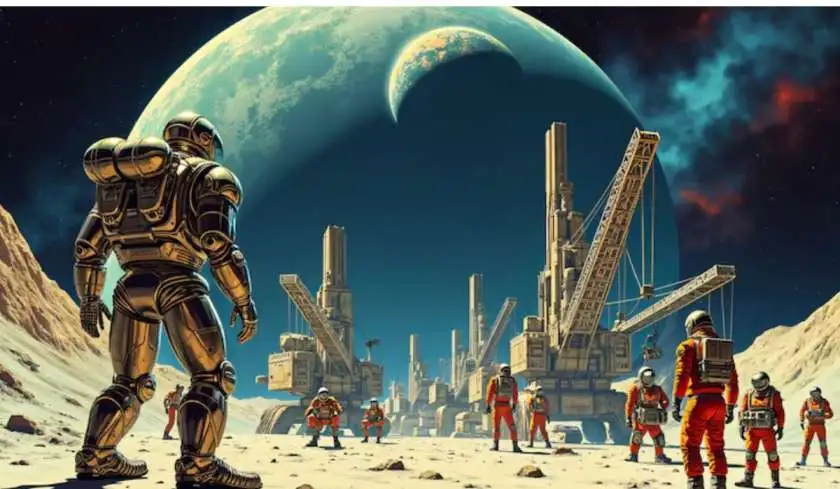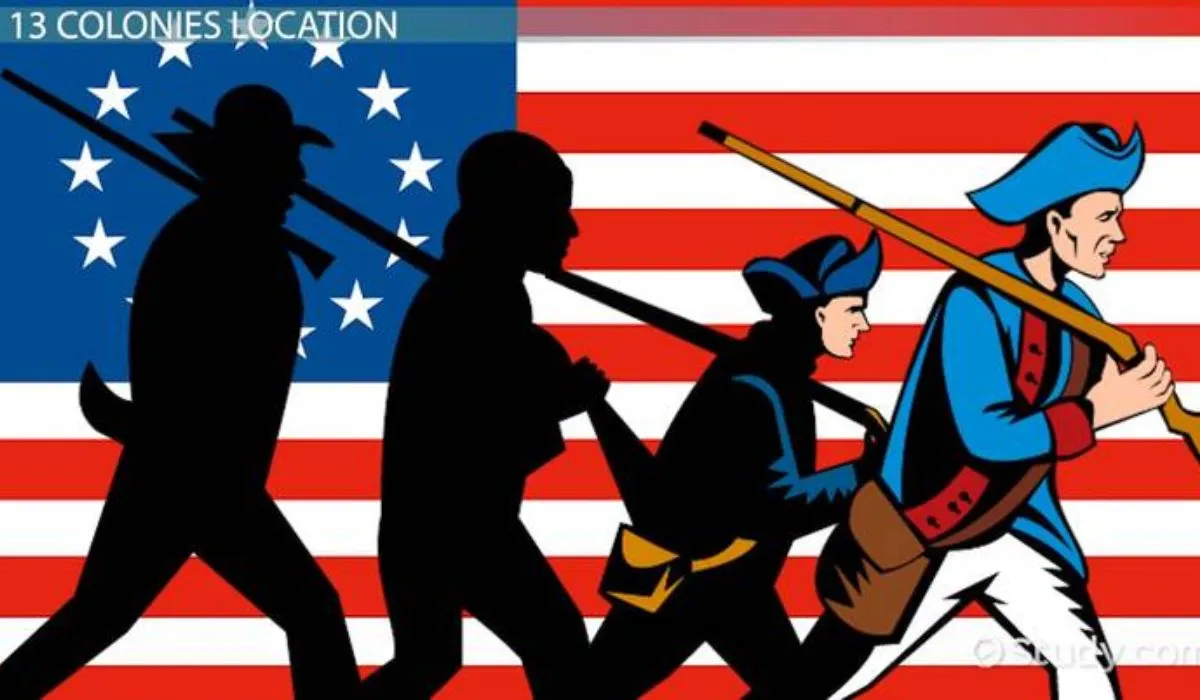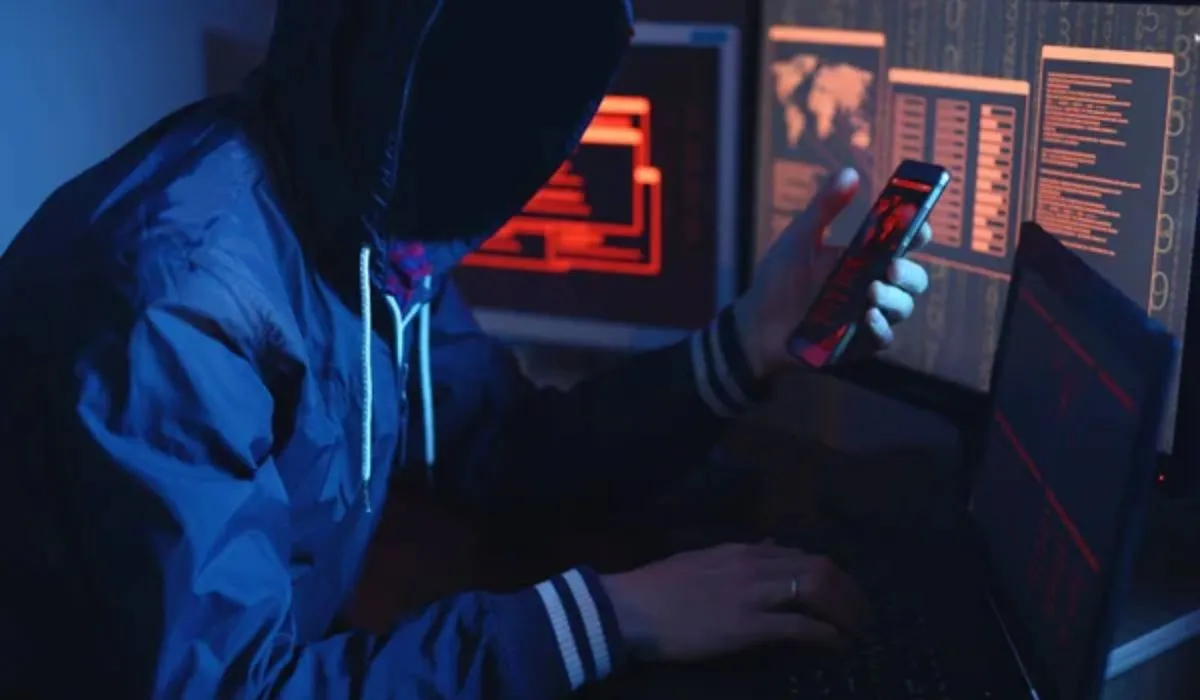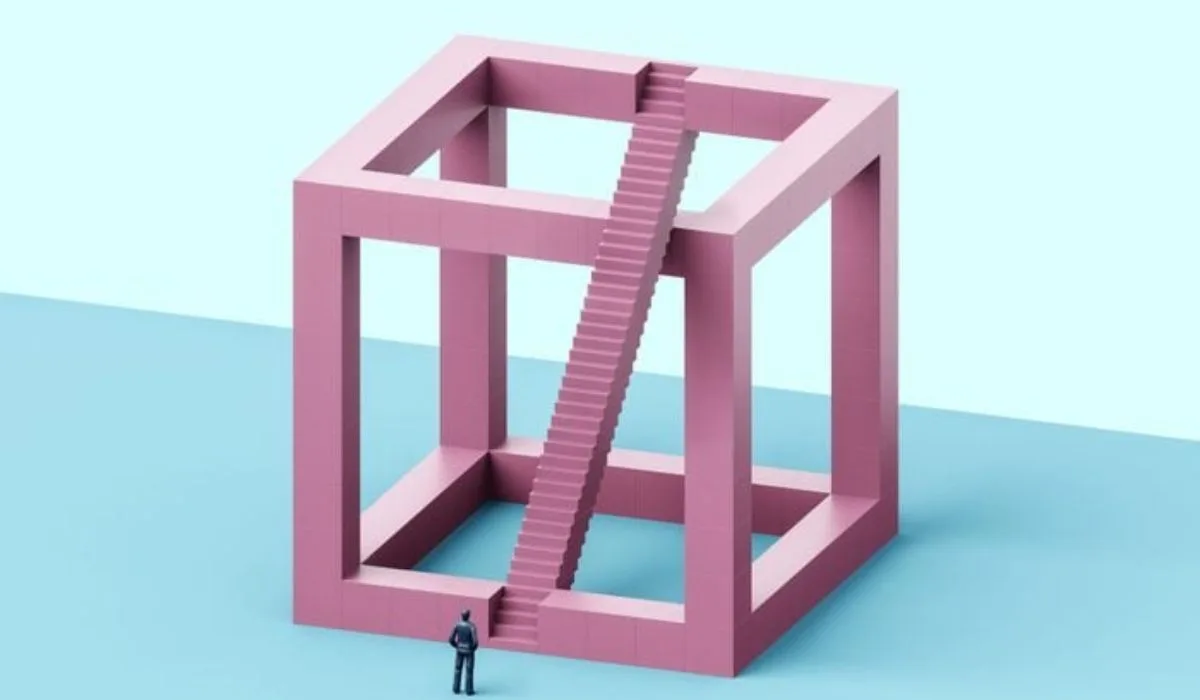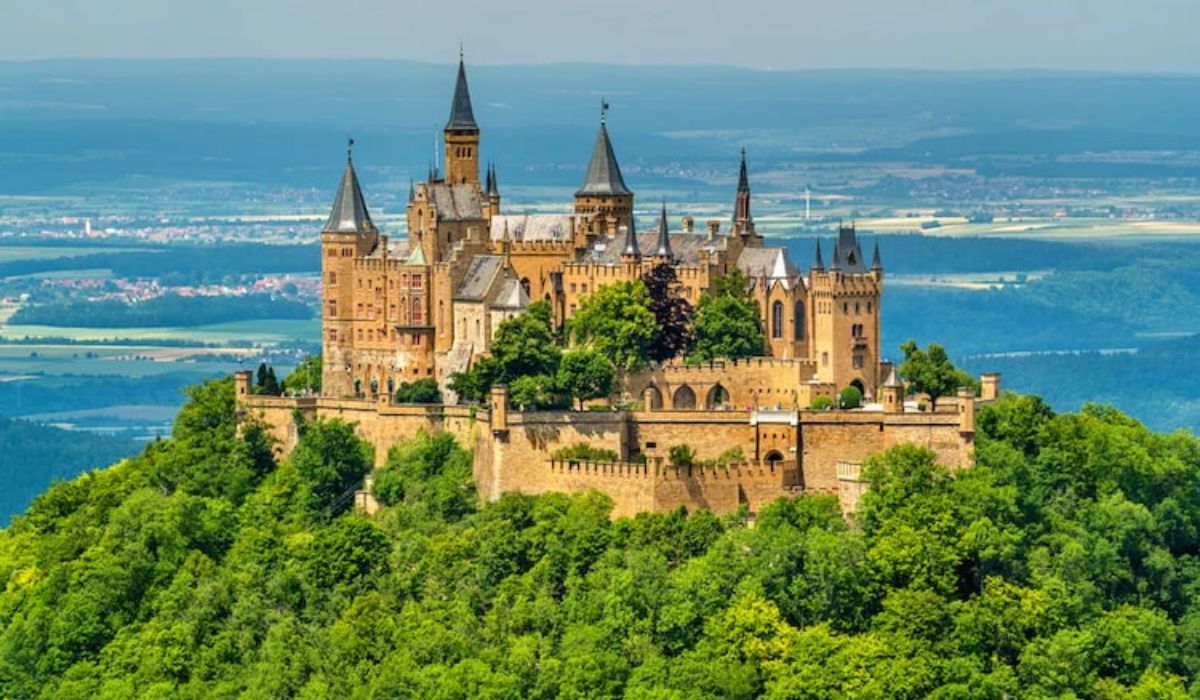Have you ever wondered what was the outcome of a fight when it happened thousands of years ago? Much can be learned out of history books. Yet there are moments when they do not mention the most interesting. There is the real-life work of a detective. Not a detective who seeks the contemporary evidence, but a special type of a scientist named an archaeologist.
Archeologists are time travelers. They excavate the earth to get hints of the past. They aim at resolving the greatest puzzles of all time. Among the most interesting mysteries is the Mystery of the Ancient Battle. We are aware that great battles took place, but what were they actually like? Who were the soldiers? How did they fight? And what in the end made one side win?
What Is an Ancient Battlefield?
A fighting ground of the antiquity is not contemporary. Nowadays, the battlefield may be covered with bullet cases and tire tracks. In ancient times, there was the use of swords, spears, and arrows. The hints which they left are quite distinct. The first major step is to find these places.
Imagine a huge, empty field. It looks peaceful. Grass grows and animals roam. But down through the earth is telling something. One of the great historical battles. The archaeologists unravel such stories without any digging using special tools. They could make use of images that are shot by planes or magnets that have the capability of detecting metal underground. This assists them to locate the best positions to initiate their investigation.
The Key to the Mystery: Physical Evidence
You should not trust what you read on an old book. The victors are the ones who write history at times. They could inflate their army or increase its glory. Physical evidence is required to discover the truth. This is the evidence that comes directly on the ground.
What type of evidence are we dealing with?
- Weapons and Armor: A sword is broken, a spear has been bent, or a shield dented and we know how fierce the fighting was.
- Human Remains: Bones make intriguing narrators, they sound spooky, but they are wonderful. Another skull with a sword cut informs us on the last moments of the soldier.
- Fortifications: we can see traces of walls, moats, and gates used to keep off the armies.
A Famous Puzzle: The Battle of the Teutoburg Forest
A battle that occurred in a forest during a rainy dark night in Germany almost 2,000 years ago is one of the best stories of mystery that were used in ancient times. Three full Roman legions with a total of more than 15,000 soldiers disappeared. A general by the name Varus led them. A Germanic tribe leader by the name Arminius betrayed them and attacked them.
Solving the Mystery of the Ancient Battle in the Forest
The hunt after this army lost was extremely long. Lastly, in the 1980s, a discovery was made by a British Army officer and amateur archeologist known as Major Tony Clunn. He was using a metal detector. He began coming across Roman coins. Then he struck something all the more significant, lead sling bullets.
This was the first big clue. He was confident he was not going wrong. It was not long before the actual treasure was located.
Discovering the Battlefield's Grisly Clues
The place is now known as Kalkriee, a nightmare. There were thousands of artifacts discovered by archaeologists. They discovered bones, swords, and sometimes the metal masks of the helmets of the Roman cavalry. A field of pits was discovered as the most chilling. These were the pits in which the Germans tribes had entangled the Romans
They also found coin hoards. Silver coins were used to pay Roman soldiers. A great number of coins were there found all in one place, as though a soldier had fallen over in the commotion and dropped all his savings. This material object created an accurate and depressing picture of the military secrets of fighting in that era. It was not a fair battle, it was a savage attack.
How Do We Know How They Fought?
It is one thing to find the stuff. It is another thing to know what it is. How do we determine the military strategy of the former by a handful of bones and shattered blades?
Let's look at the bones. They are studied by scientists known as anthropologists. They are able to notice the weaponry marks. They are also able to view the strength of the soldiers based on their bone structure. This informs us of their training and food.
The land itself also can teach us. The topography of a hill or the constricted nature of a given pass can lead one to understand the reason why a general decided to engage the enemy in that place. It was everything concerning the obtaining of a strategic advantage.
Weapons as Storytellers
Every weapon has a tale. A spear that was discovered a long distance out of the general host could say that a man had taken flight. There is a bunch of arrows in a small space that indicates where the arrows had been concentrated. The archaeologists can virtually visualize the battle on the screen by mapping the location of all the artifacts. This is one of the main elements of the knowledge about ancient warfare.
Why Does This Ancient Mystery Matter Today?
You may reason, That was way back long ago. Why should I care?" The fact is that these wars made our world what it is. These great historical conflicts influenced the languages we speak, the countries we live in, and the cultures we have.
We are not merely reading about ancient fights by finding out the Mystery of the Ancient Battle. We are learning about people. We are coming to know about their strength, their anxieties and their lives. It relates us to our common human narrative.
Frequently Asked Questions
Q1: What is the oldest battle that has been discovered?
There is good evidence on organized warfare dating back a long time. The battle site at Jebel Sahaba in Sudan is approximately 13,000 years old, and one of the oldest known battle sites. It demonstrates that mass war is a highly ancient phenomenon in human history.
Q2: To what position do you know to dig to find a lost battle?
Archeologists are huge detective men! They begin with reading ancient books and myths. Then, they use technology. They check pictures of the land satellites to see unusual shapes. They have metal detectors and ground-penetrating radar that are able to look under the soil without excavation. It is a careful, slow process.
Q3: What do you find the most interesting on a battlefield?
This is a tough one! The personal things are the most touching discoveries to many. At Kalkriez, there was a coin of silver, which one of the soldiers had notched with his knife, and which was done very neatly, perhaps to keep time. At other locations they discover dice or jewelry. Such little details help us to remember that soldiers were people, just like us.
Q4: Are amateurs or kids capable of assisting in archaeology?
Although you will have to train to excavate a real site, you can by no means stop learning. You have the possibility of visiting the local historical societies and museums. Books and documentaries can be read. Curiosity is the greatest asset of an archeologist. You already are on the way of being a detective of history, in case you have a curious mind!

